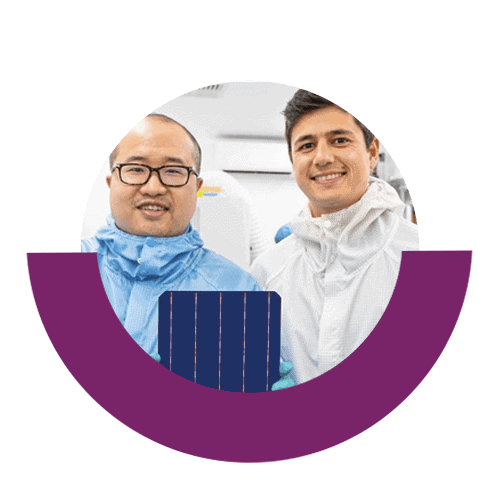Even in the midst of pandemic, researchers and innovators never cease to push the future of solar PV technologies and the benefits it can create to the industry by creating breakthrough technologies and innovations. Gone are the days that only big companies and well-funded research laboratories create technologies that can be potentially used for higher efficient solar modules and lower the production cost of manufacturing solar products. Some of them are solar-tech startups and founded by young but genius innovators. Here are some of the exciting technologies to watch out for in the coming years.
Next-Gen Solar Cells by Australian Researchers – University of Sydney
The possibility of creating the next-gen solar cell is limitless as long as there are researchers and innovators who will endlessly look for ways to innovate the current solar cells in the market. The most recent one on their discovery is the improvement on the process of ‘gas quenching’ to fabricate perovskite thin films, a key component of the next-generation solar cells. This improvement means lowering the cost of solar cell manufacturing and most importantly uses a low solvent which means reduced toxicity to the environment. Good job!
Anyway, you might be asking, “What’s with the ‘gas quenching” technique that makes it special?” The use of potassium iodide in precursor materials has improved the quality of thin films and their performance in solar cells. Just in case you miss your Science class, potassium iodide is commonly used as a dietary supplement, found in iodise salt to prevent iodine deficiency. Sounds interesting, right?
Jinko Solar PanelsWorld Thinnest Solar Cells by Engineers of Australian National University
Australian researchers have found out a material, thousands of times thinner than human hair, that can be used to create the thinnest solar cell in the world. The research was conducted by engineers from the Australian National University which explored the behaviour of super-thin materials, just two atoms thick. The behaviour involves “twisting” the angle of the two materials in order to convert sunlight to electricity.
“This study essentially provides a bit of a how-to guide for engineers,” the lead author of the report, Mike Tebyetekerwa, said. “We’re looking at 2D materials that have just two atom-thin layers stacked together.”
Co-author of the study, Dr Hieu Nguyen, said, “One day a car window or a cell phone screen could harvest sunlight to help power itself.”.
World Breaking Solar Cell Efficiency by SunDrive
Last but definitely not the least is the record-breaking achievement of an Australian solar-tech startup. SunDrive, a Sydney-based solar technology start-up has officially set a new world record for a commercial size silicon solar cell with 25.54 solar efficiency, overtaking China solar giant Longi’s previous record.
The main difference of Sundrive’s solar cell component is the use of copper instead of silver in solar modules. This way they can cut the cost of the materials used in making a solar module since copper is cheaper and more abundant than silver while improving product efficiency.
“SunDrive initially aims to use its technology to focus on the rooftop solar sector, where space is at a premium and higher efficiency cells can produce greater amounts of energy for a given footprint,” ARENA said in its press release last year.
The company is backed by billionaire Mike Cannon-Brookes and the Australian Renewable Energy Agency.
It is really an exciting time not only for Australian researchers and innovators but also for the whole solar PV community. These record-breaking solar PV technologies and innovations open doors with the bigger potential of solar PV and the impact it can create in the country. We can wait to see these projects come to life and witness another breakthrough in the future.




